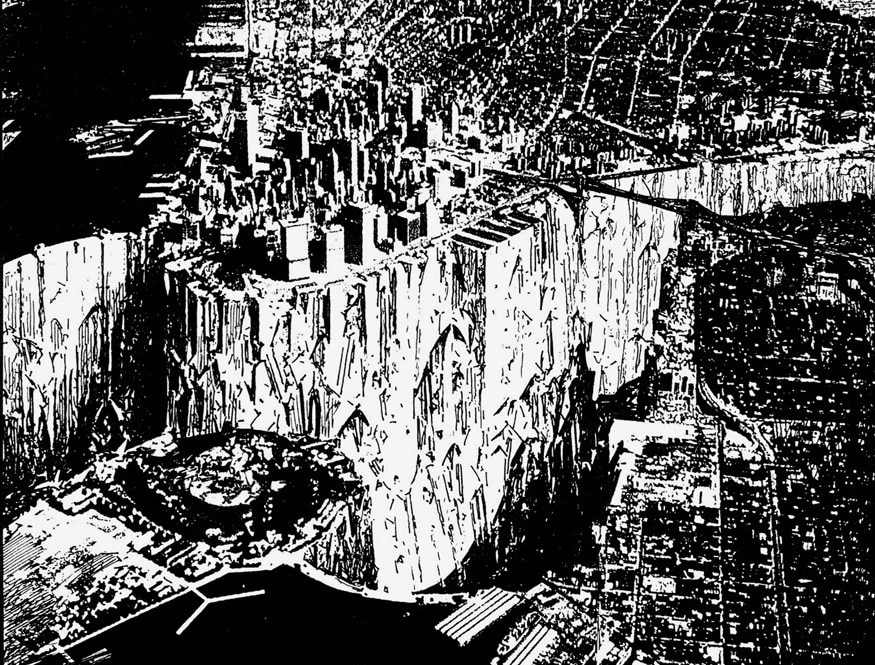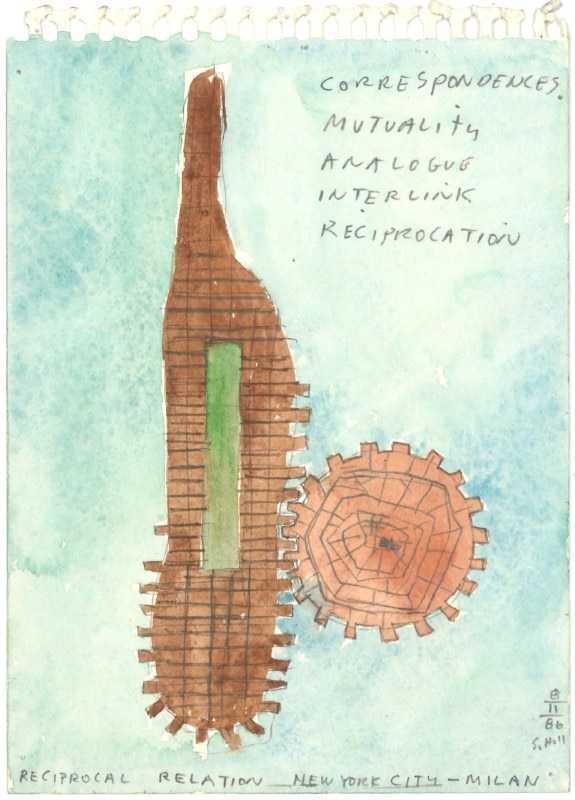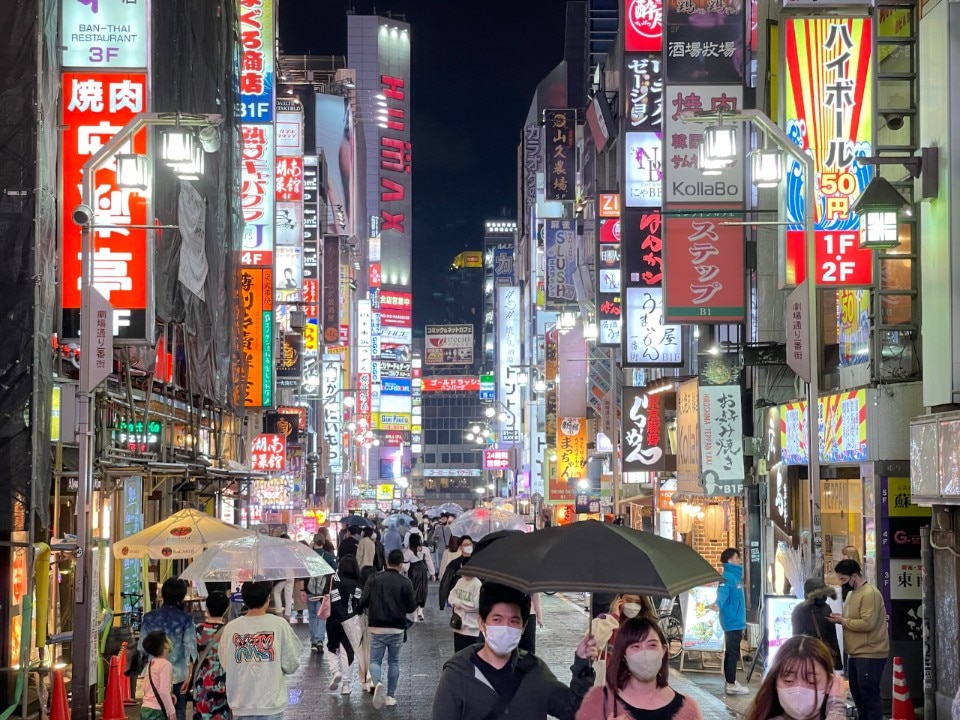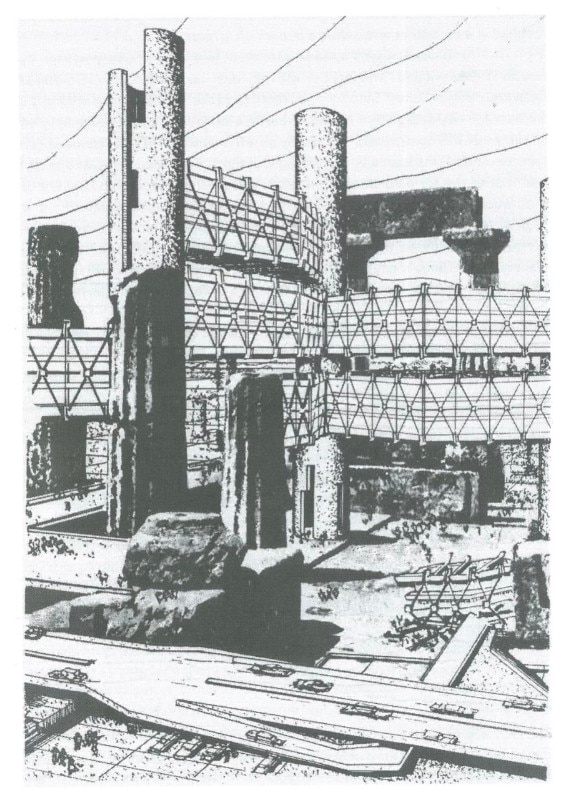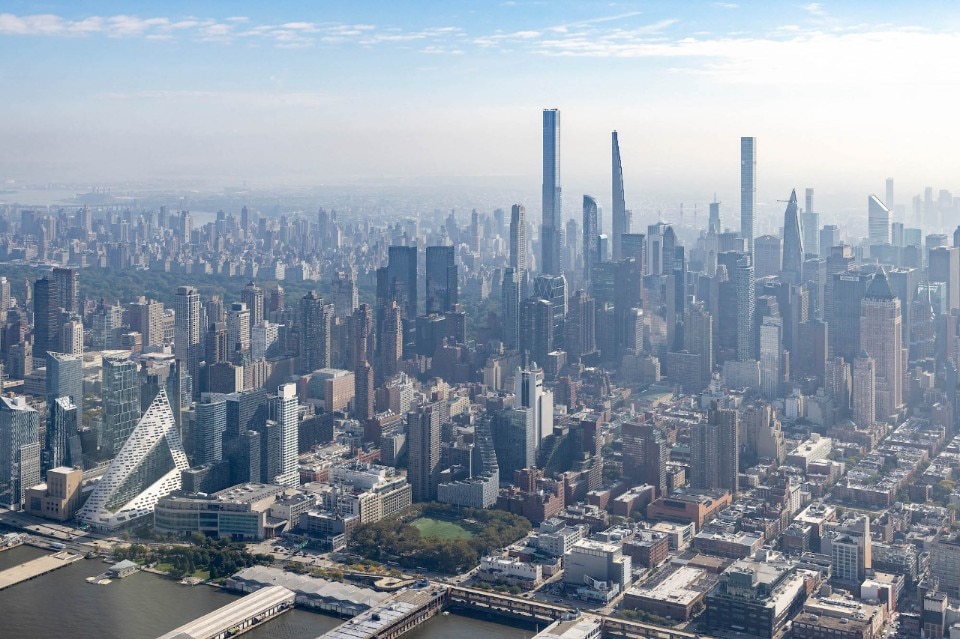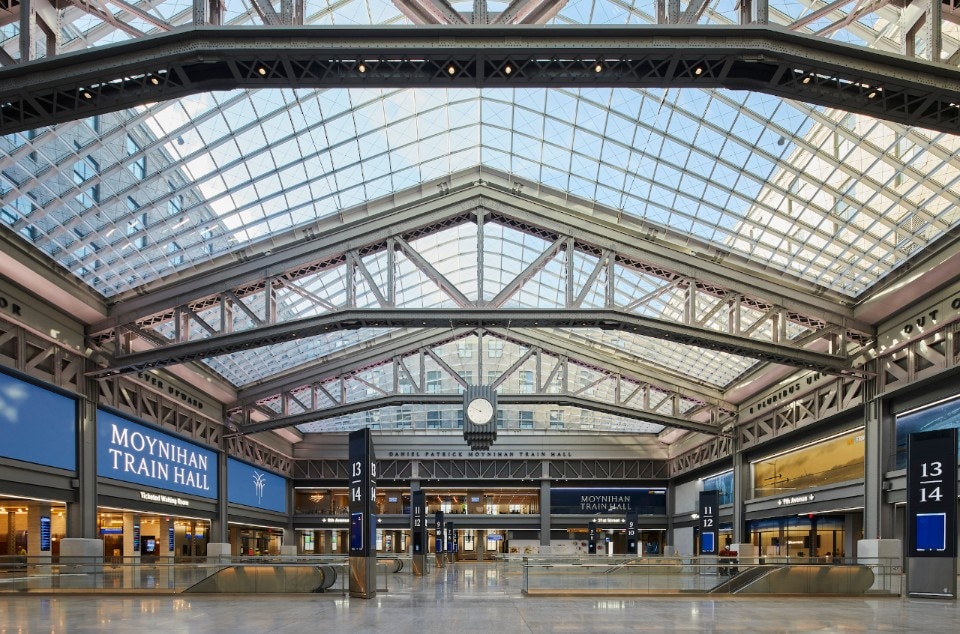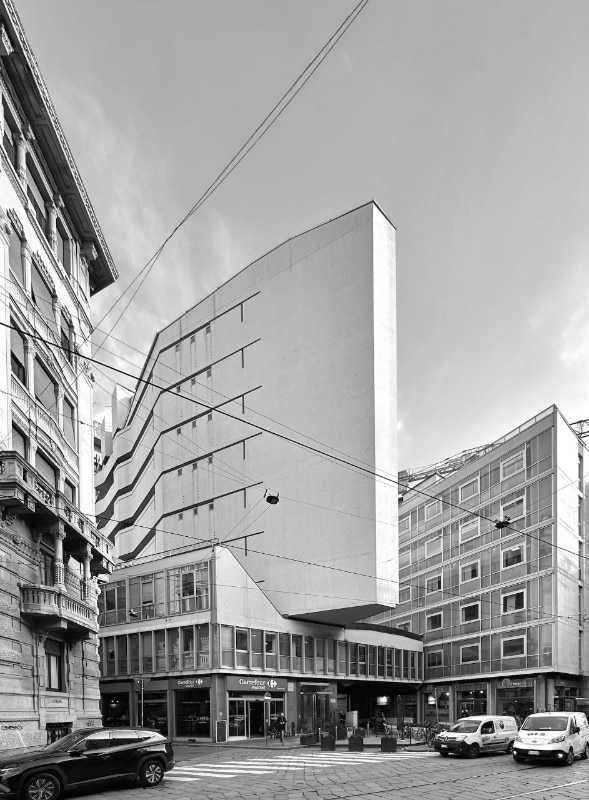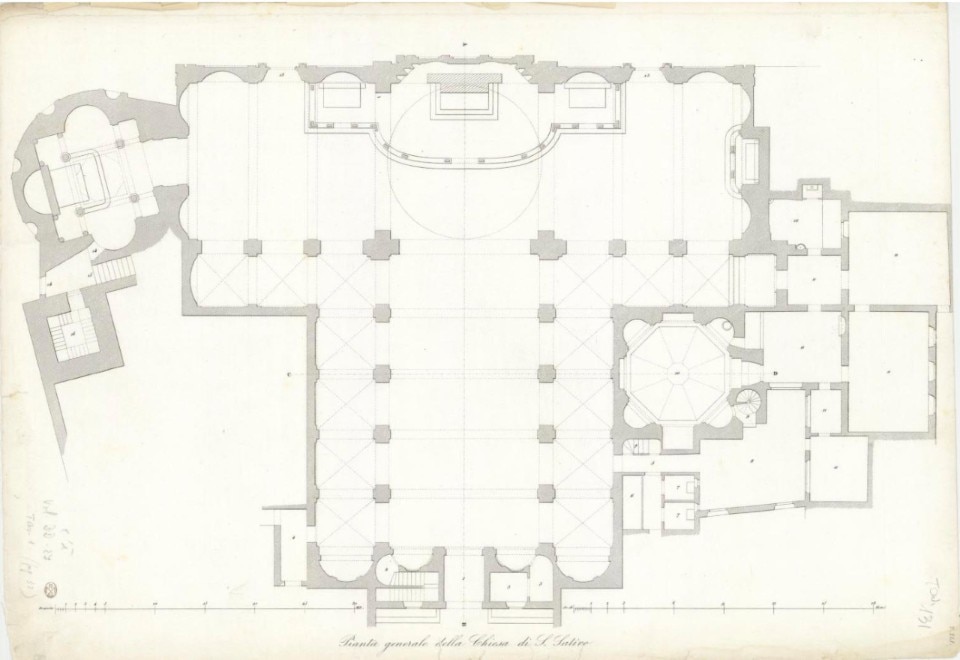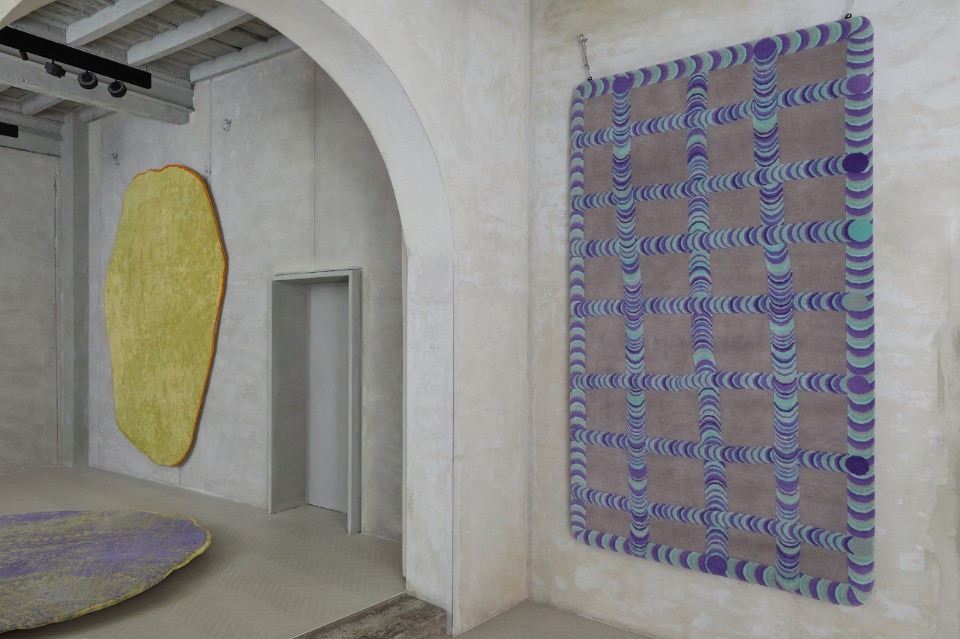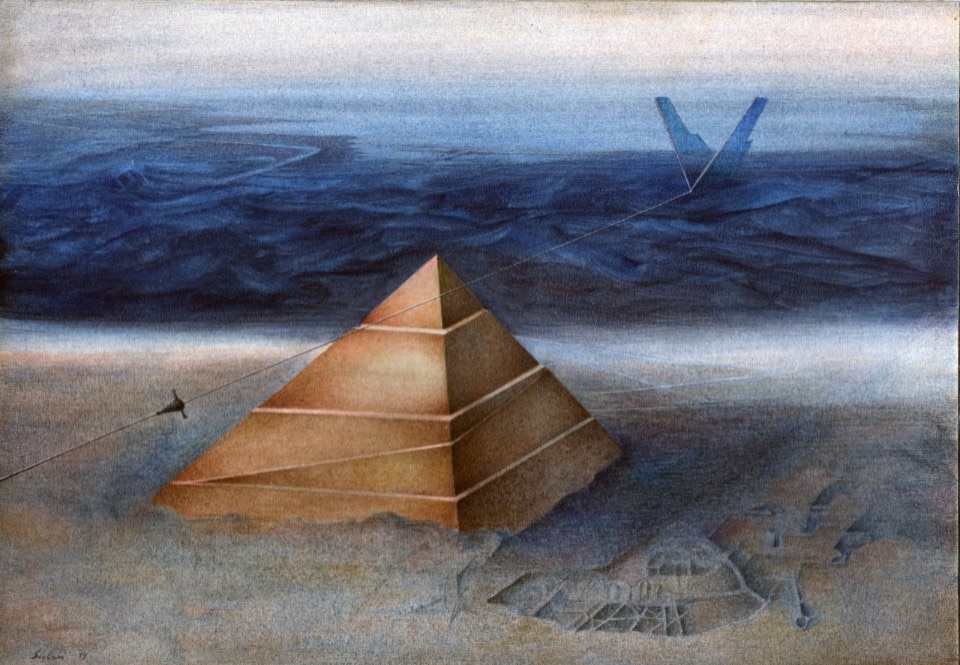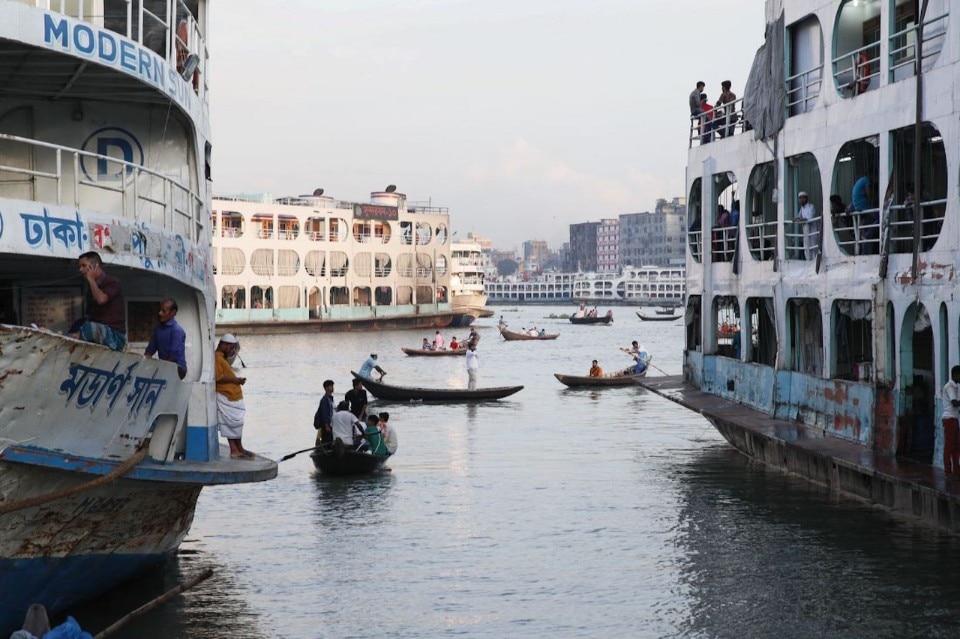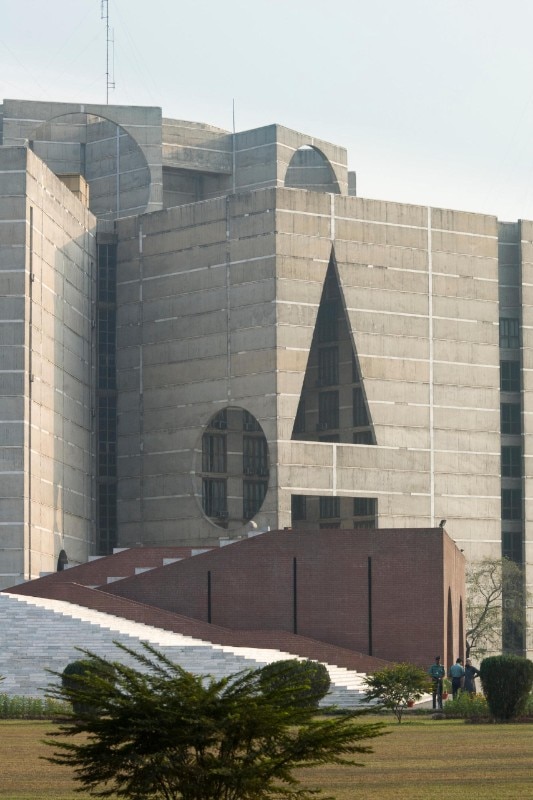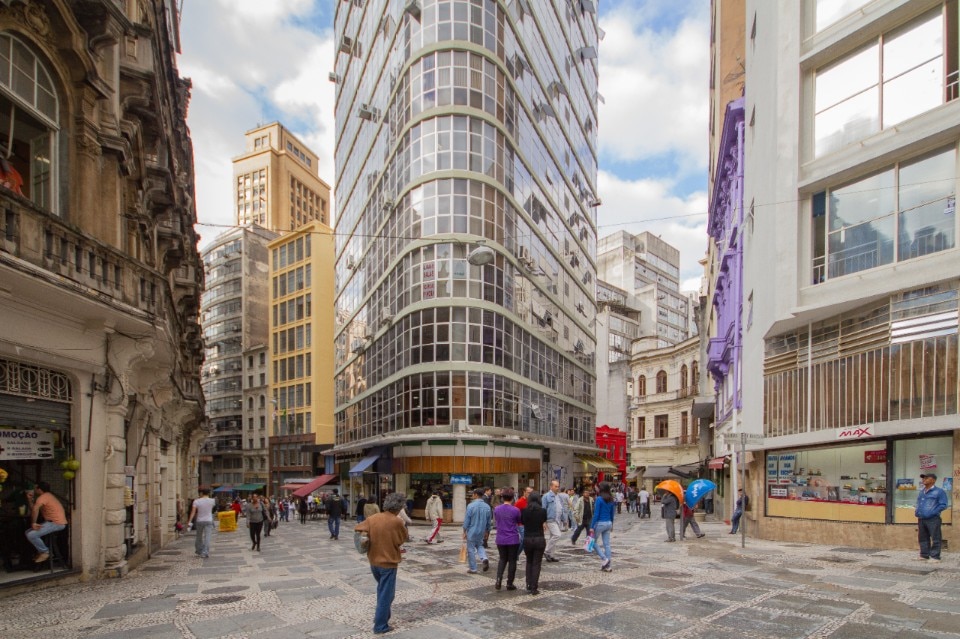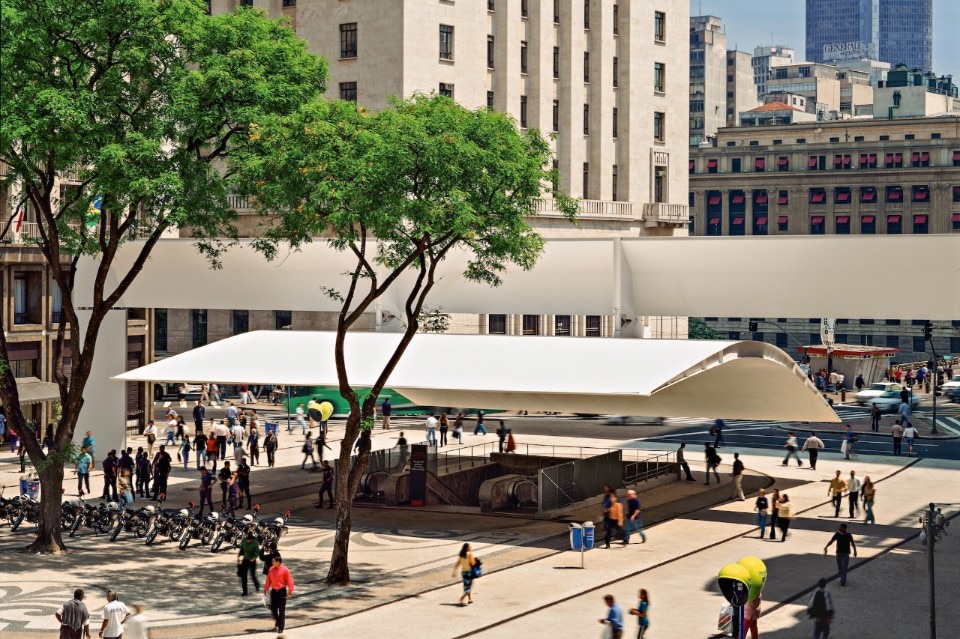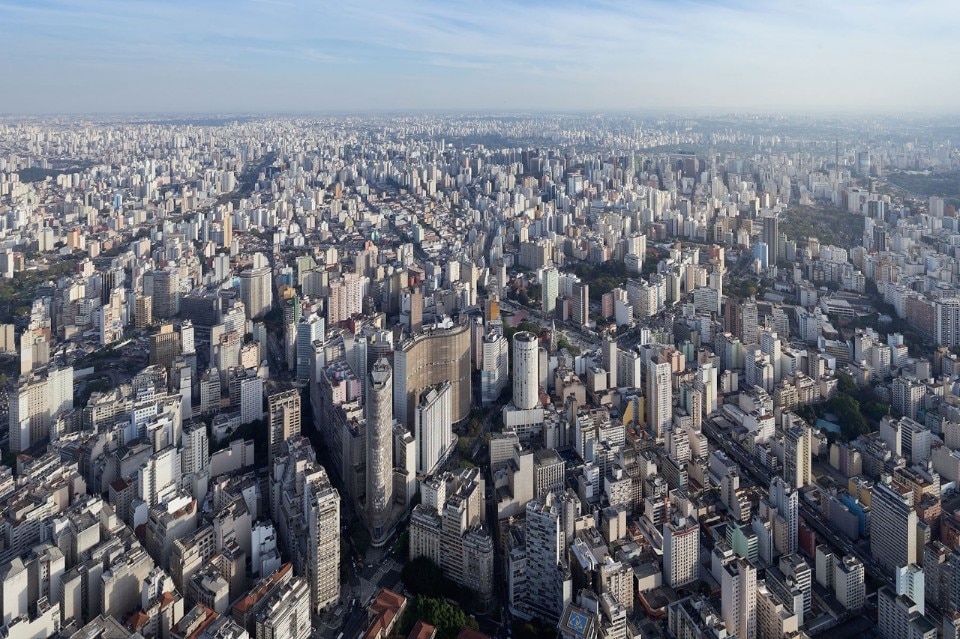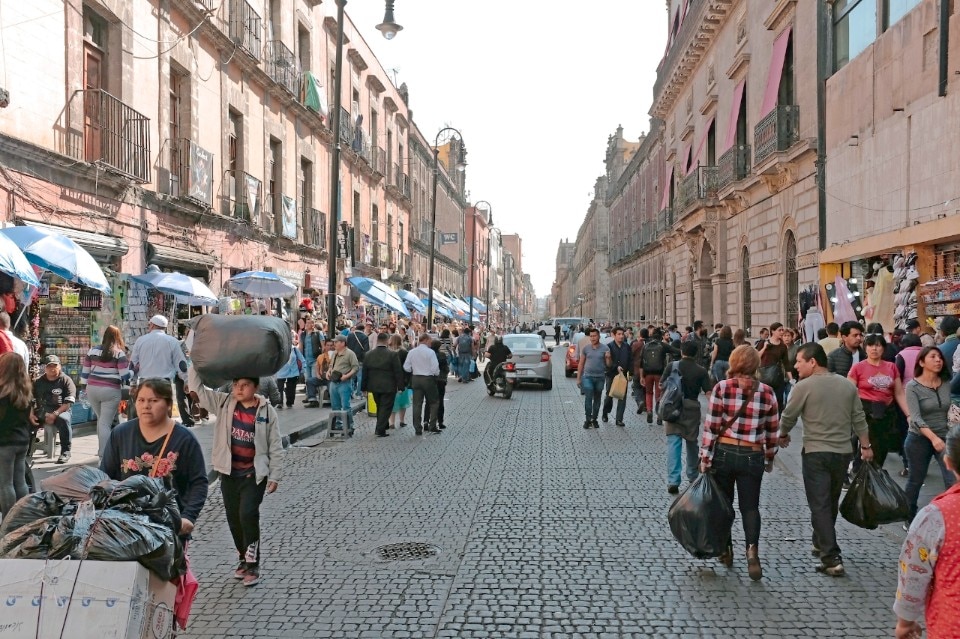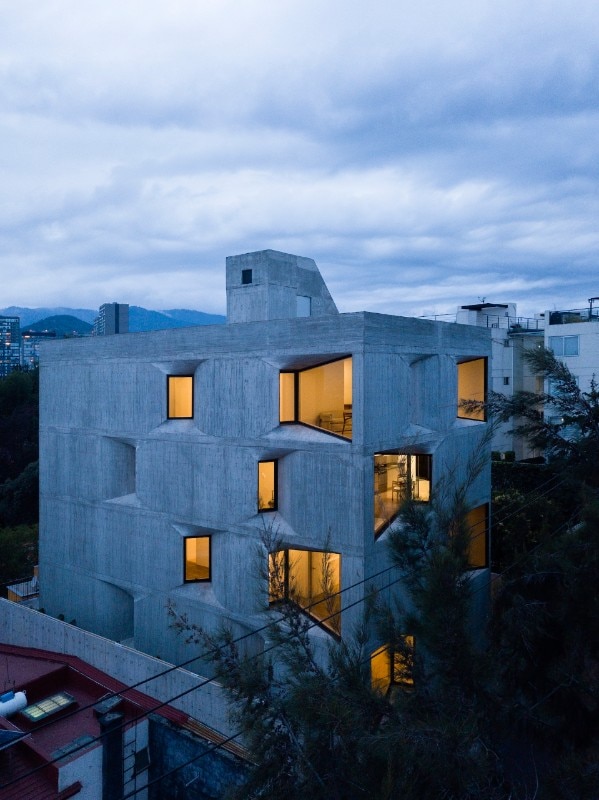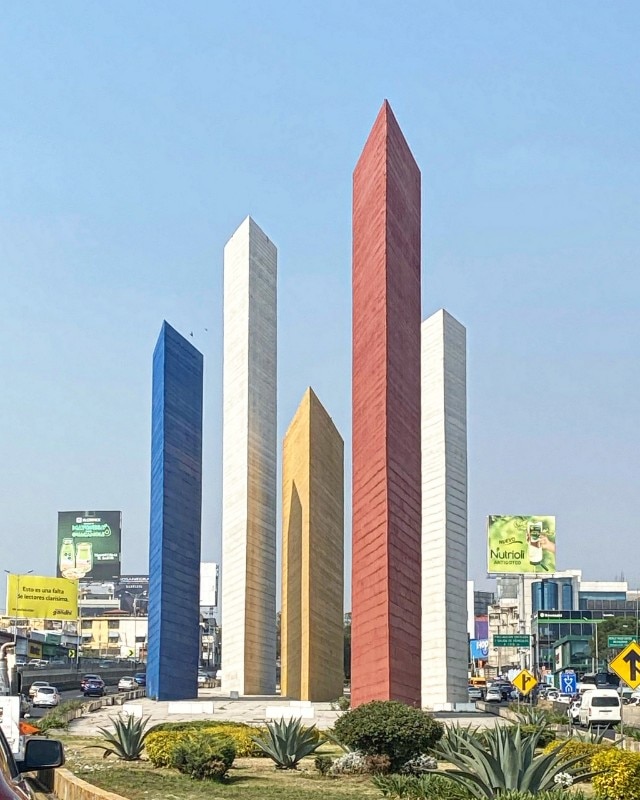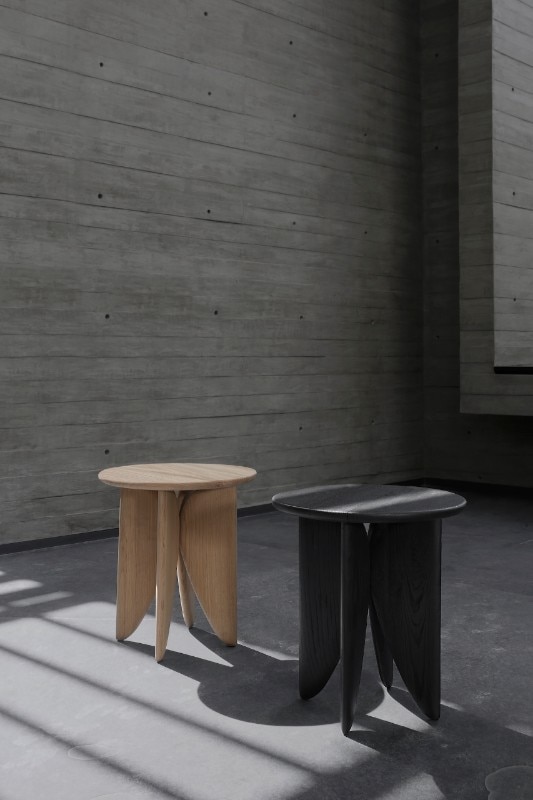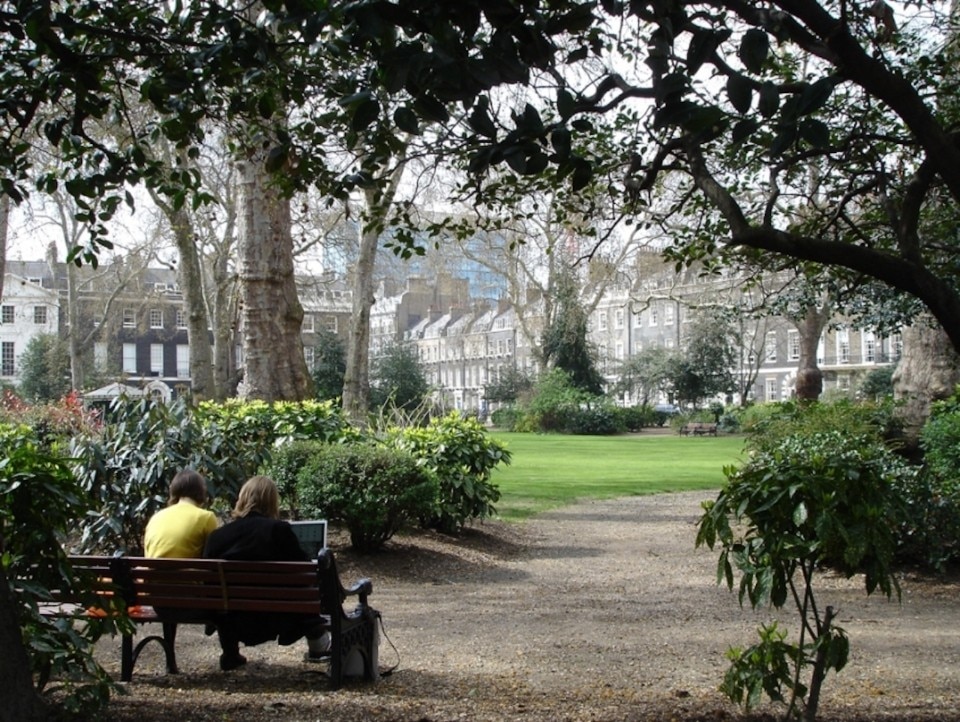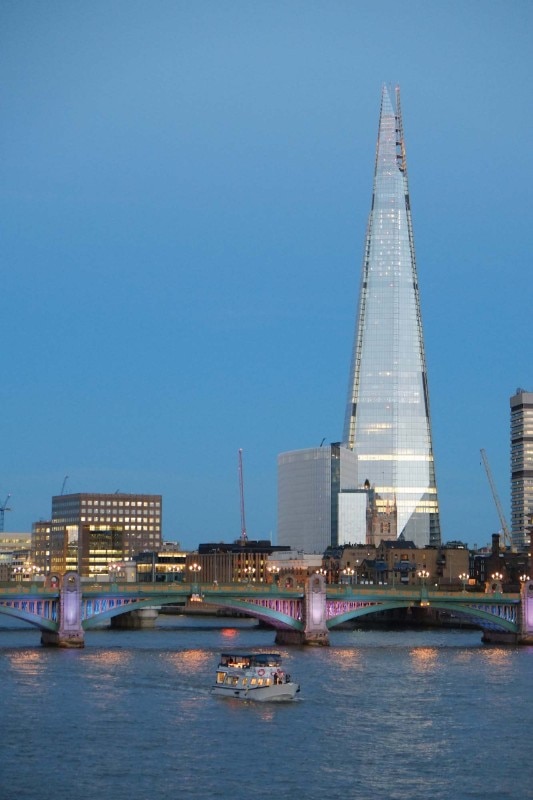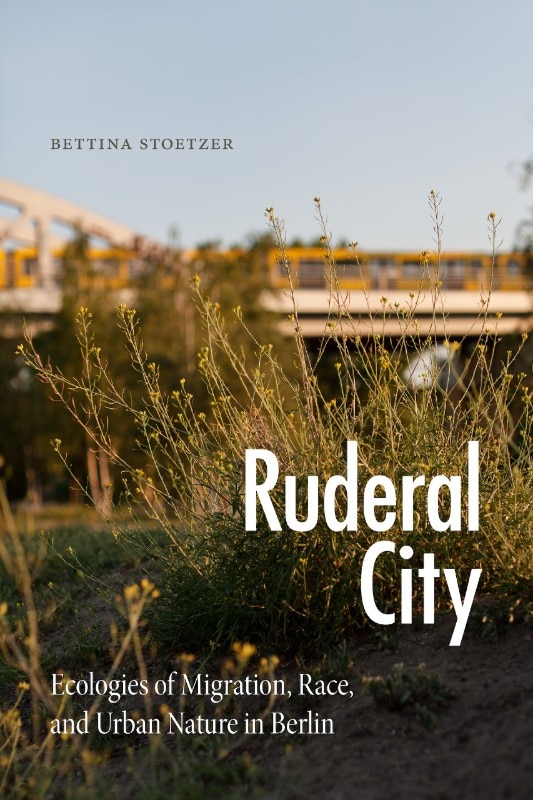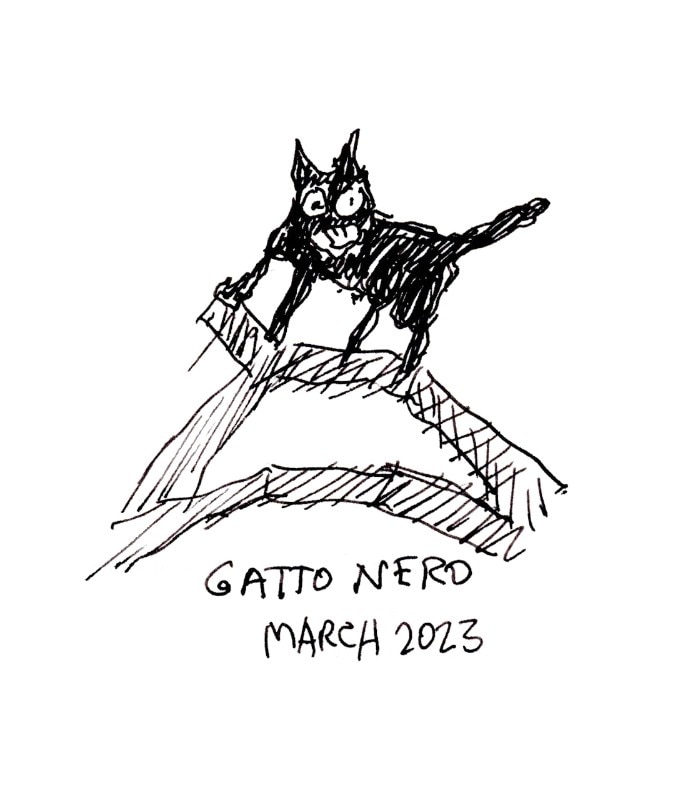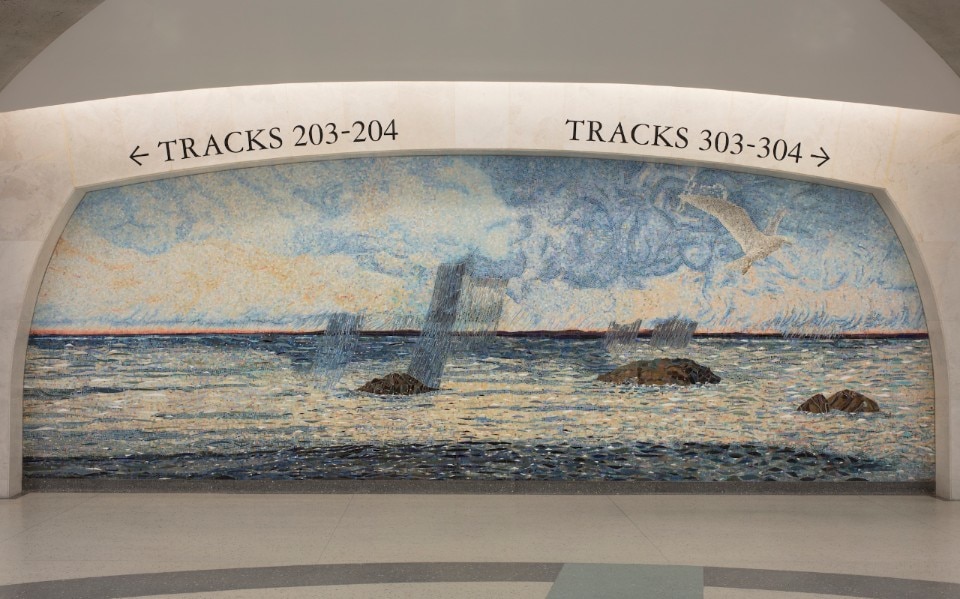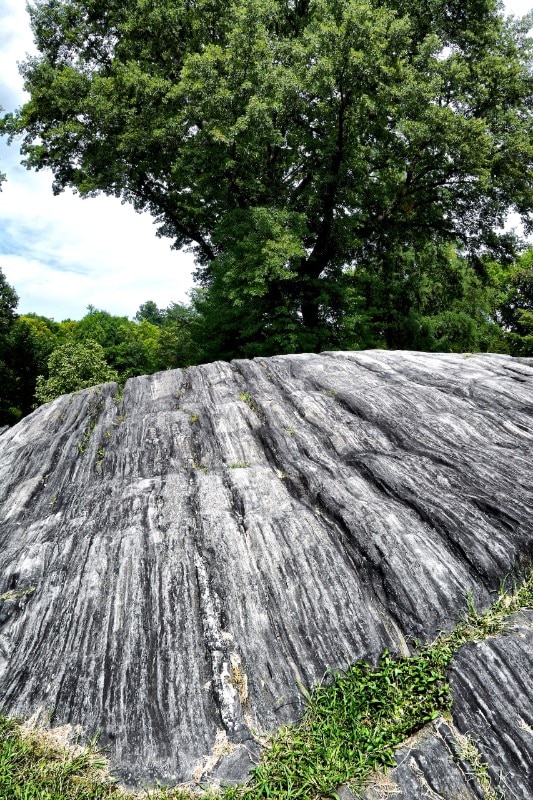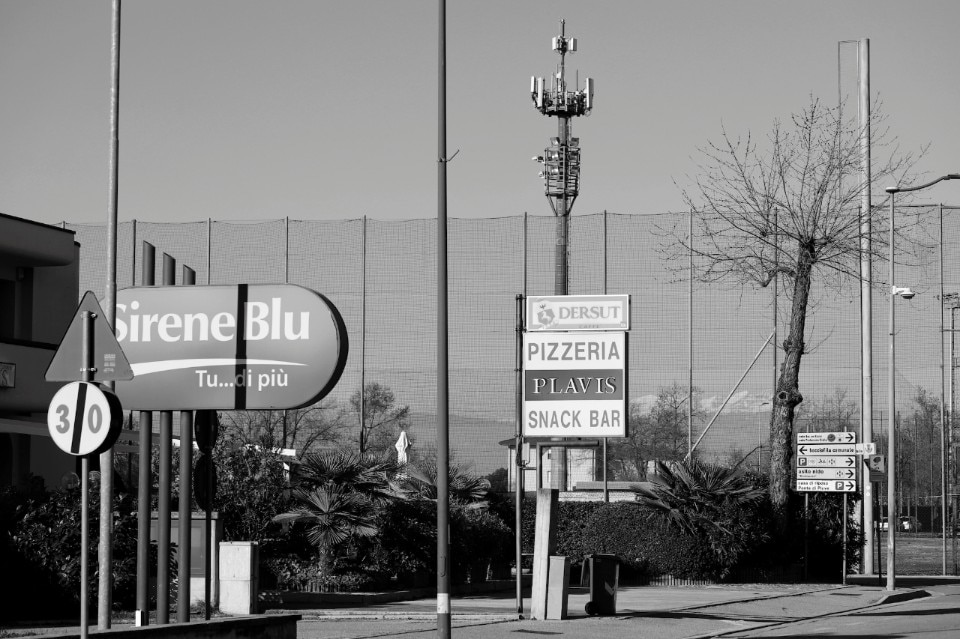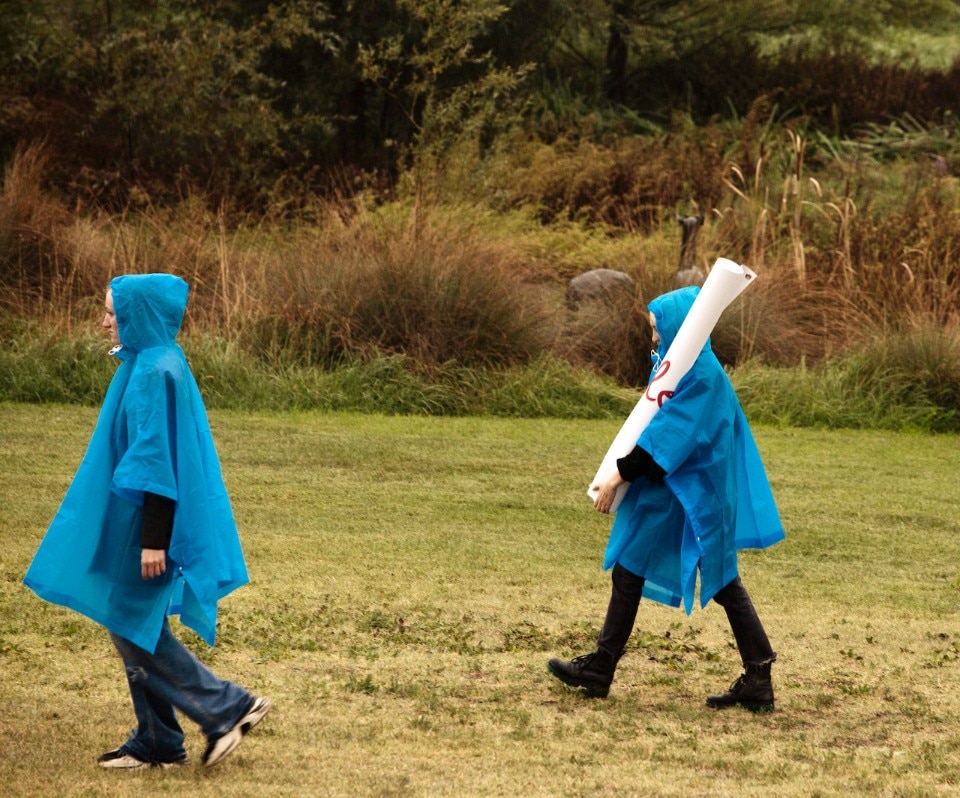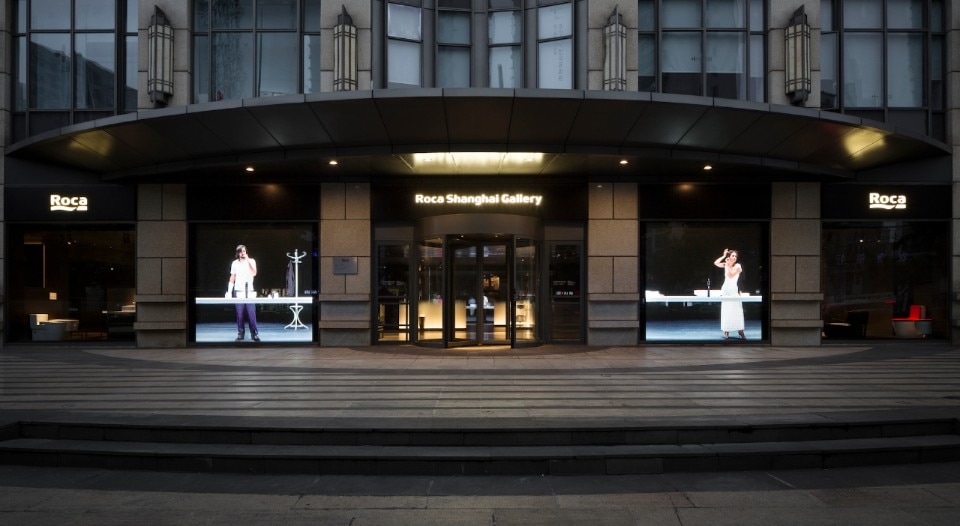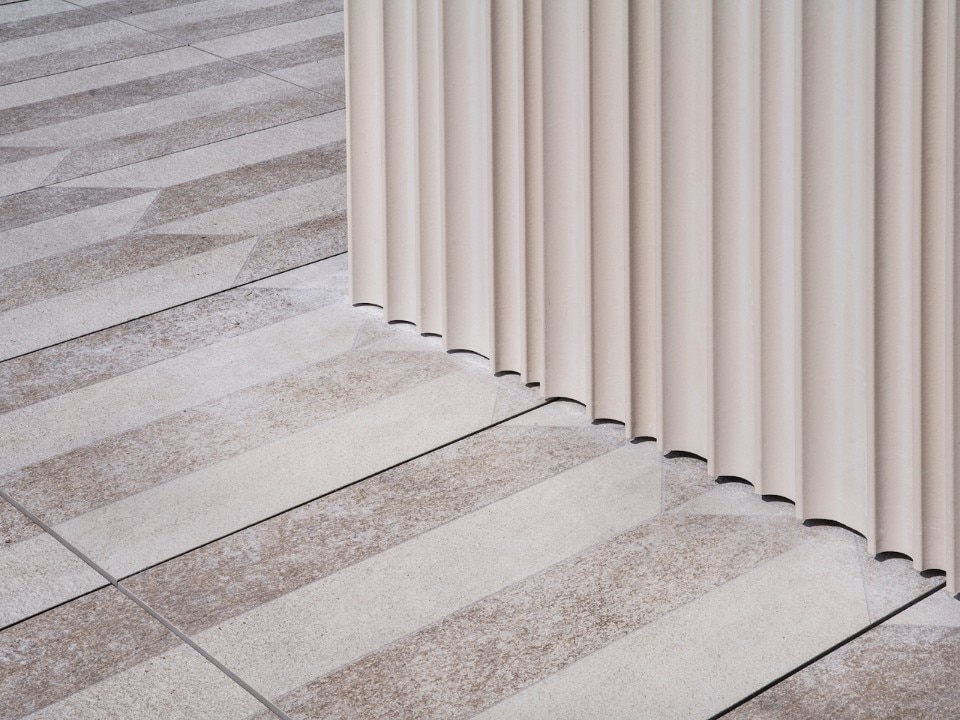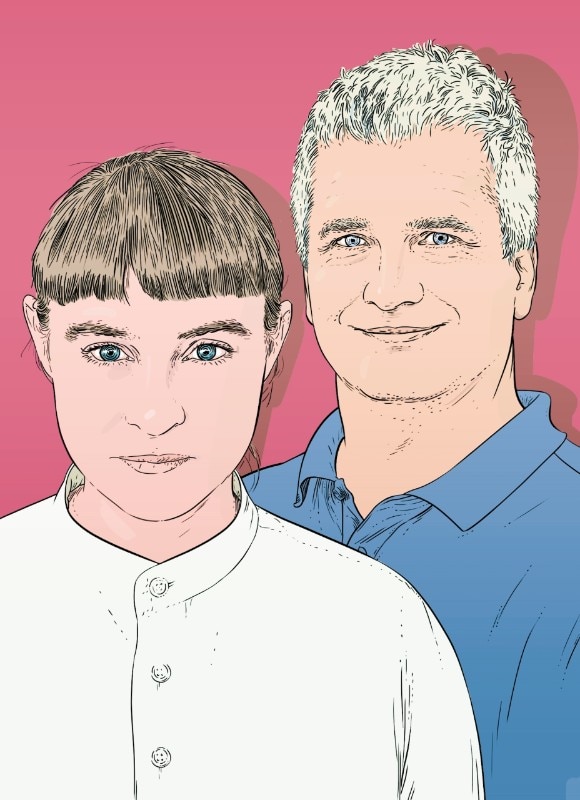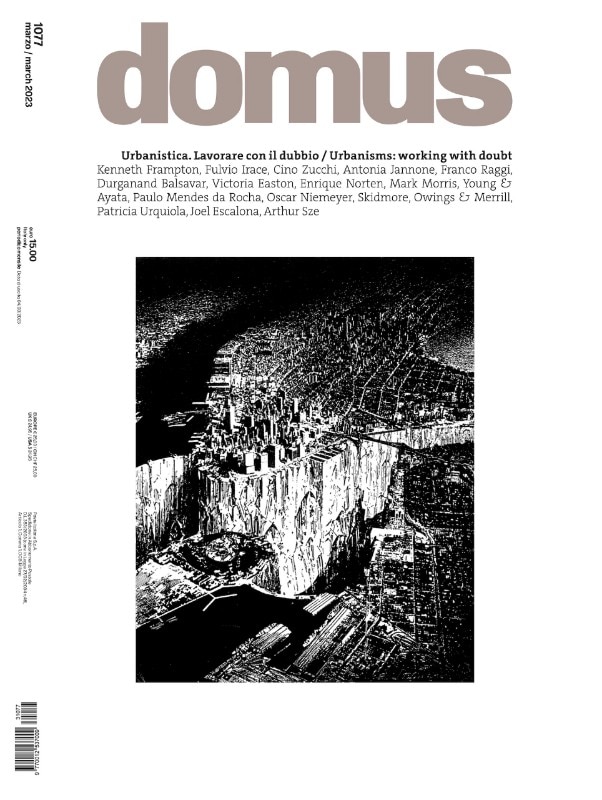The March issue of Domus focuses on the design theme of urbanism. Holl, in his Editorial, recounts doubts and hopes about the becoming of cities through a reading of seven metropolises. “While working with doubt, we hold out hope that work will begin on protecting, restoring and reforesting a portion of land equivalent to that of new urban construction, allowing increasing urban density to diminish destructive sprawl.”
Starting in Tokyo, Holl investigates the identity of the most populous city on the planet is found in its urban stratifications, alternating chaos, skyscrapers, small buildings, electronic technology and ikebana. Next, guest editors of Domus 2023 remember Arata Isozaki, who passed away recently, sketching a personal and professional portrait of him.
The second metropolis covered in the issue is New York, for which Holl devotes an observation to the Manhattan Peninsula, where a new type of residential skyscraper has spread: exclusive, extremely tall and thin. These buildings, however, cast their shadows on Central Park, taking light away from the city. So Gideon Fink Shapiro writes about the Moynihan Train Hall by Skidmore, Owings & Merrill. The adaptive reuse of an early 20th-century postal building returns to the city the public space taken away with the demolition of the old Penn Station by McKim, Mead & White.
For the city of Milan, Cino Zucchi writes about the metamorphosis between urbanity and nature. The current transformations of the Lombard capital have different outcomes: from unconvincing mirror towers to anonymous and mimetic building fills. The best examples are those that mix openness and understatement, looking also at examples from the Milanese architectural tradition. “Asnago and Vender’s building on Via Lanzone represents in miniature many of the features that make Milan one of the most interesting examples of how a contemporary city can evolve toward an ecological future and global awareness.” Holl interviews Fulvio Irace, discussing the themes of modernity and humanism: in recent years, a number of foreign architects have shown how a scrupulous approach to capturing the spirit of Milan is the only way to achieve a solid presence in the city. Cecilia Fabiani writes about the seven carpet collections for Milan-based company CC-Tapis designed by Patricia Urquiola. The designer’s sensibility for color and interior design translates into carpets with organic shapes and hues that grow out of one another. Closing the section, Franco Raggi and Antonia Jannone tell about the Antonia Jannone Gallery. Founded in 1976, the Milanese gallery has hosted the most important names in the design world in more than 250 exhibitions.
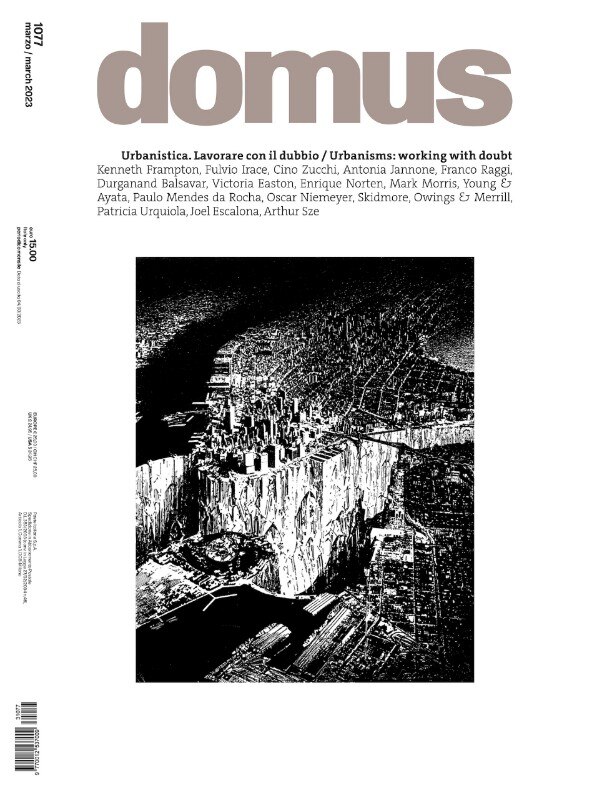
This is followed by Dheka, for which Durganand Balsavar writes about the discontinuities and uncertainties of its territory and its troubled history offer a new space for action to this complex city that feeds on a culture of water. Victoria Easton describes the figure that characterizes the Brazilian metropolis as the continuous typological evolution, Alessandro Benetti writes about Dhaka’s Parliament complex, located on a relief and surrounded by an artificial lake. He describes the Arch of the Patriarch, for whom the Brazilian master’s work in Praça do Patriarca is an infrastructure and civic monument in the heart of the chaotic Brazilian metropolis. Holl consequently writes Oscar Niemeyer’s iconic Edifício Copan, a monumental and sinuous structure that gathers diverse uses. With its 5,000 inhabitants it is almost, in itself, a city.
For Mexico City Enrique Norten writes about the shape of Mexico’s capital, generated by the stratifications of its thousand-year history. To make it more efficient and equitable, a new model is being adopted today. Steven Holl interviews Young & Ayata, for whom The residential project, in a changing neighborhood, articulates on the façade an interplay of openings made through a special concrete casting technique. This is followed by pages devoted to Torres de Satélite, an urban monument that attests, beyond color, to Luis Barragán’s ability to compose crucial aspects of space. Closing are objects by designer Joel Escalona, where a sculptural character inspired by the work of Constantin Brâncuși appears.
As the final city Mark Morris writes about London, where as population density increases and the planet warms, the services rendered by London’s squares become increasingly valuable. “Squares invite prominent architecture at their edges, buildings that can be seen in their entirety, which is impossible in a street. A square, however, can also identify a place, define a community.” Holl then writes about the fundamental element of the London skyline: the skyscraper. The building type itself is not bad: a rich mix of programs in a hybrid building can in fact create a vital urban element. To close the section, the Guest Editor narrates the potential of hybrid buildings, explaining how a new design strategy is needed to deal with the composite horizons and the many-pronged vanishing points of life in 21st-century metropolises.
In closing, the Guest Editor narrates the issue’s cover, featuring a drawing of Lower Manhattan created in 1999 by Lebbeus Woods and described by László Krasznahorkai in Spadework for a Palace in 2018.
This month’s Diario, pages devoted to current events, is opened by the Travel in Italy section, where Editorial Director Walter Mariotti takes a yearlong journey along the peninsula. We investigate a strategic issue for the entire country: the fragility of its territory. Next, Elena Sommariva writes about the workshop Foreign Bodies and moves between performance, installation, as is usual in the practice of the artist who, often, interweaves different techniques and means of expression. For Viel, however, that is not all: the most important thing remains the relationship with others. For Aziende a family story that, from Spain, extends to the whole world. Ignacio Garcìa Rubio, managing director of Roca and Laufen Italia, tells it. For Points of View Charlotte Malterre-Barthes and Philipp Misselwitz dialogue about how to push architecture to change. The more the environmental crisis manifests itself, the more designers question their role: thus new manifestos for architecture are born.


